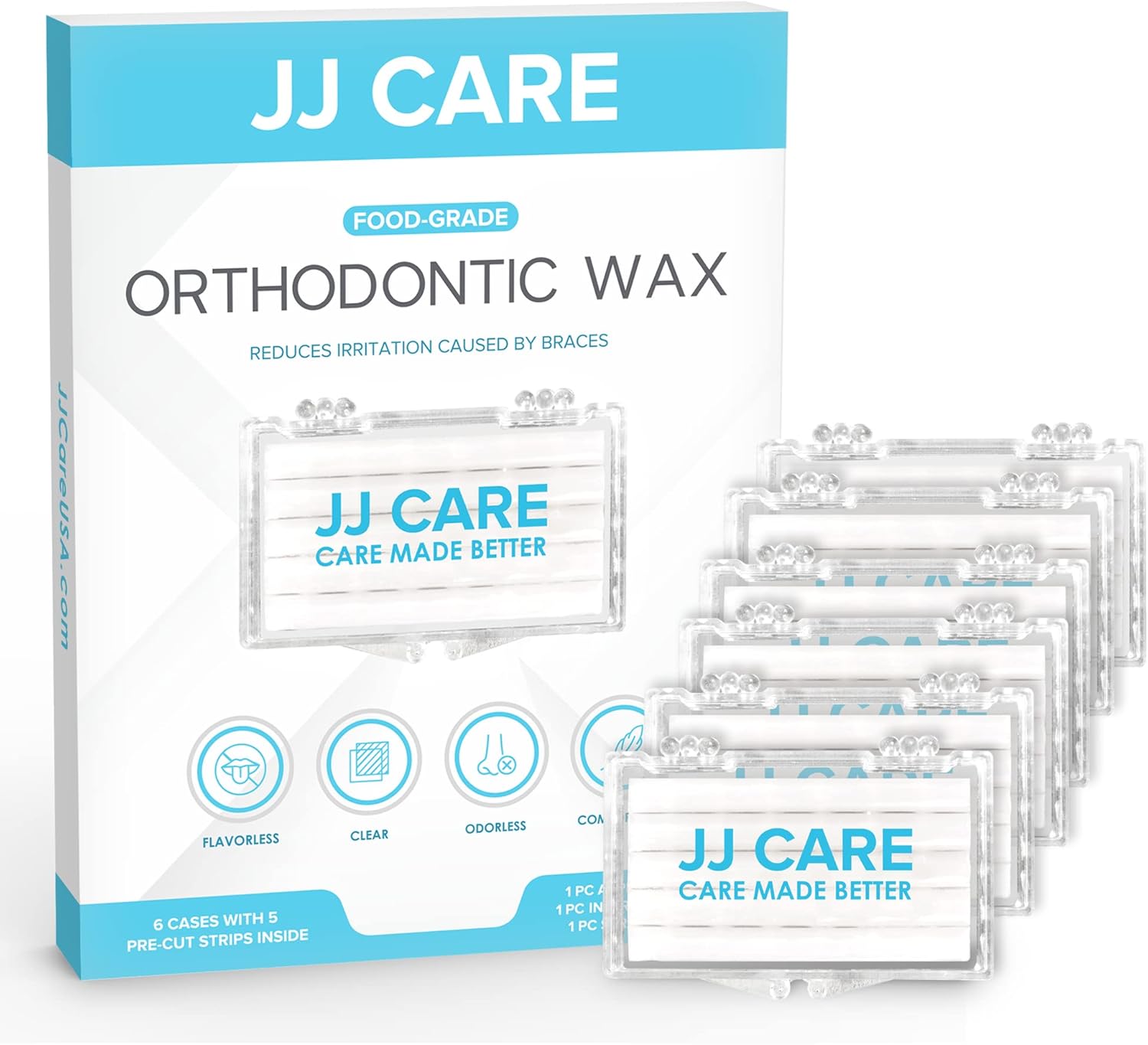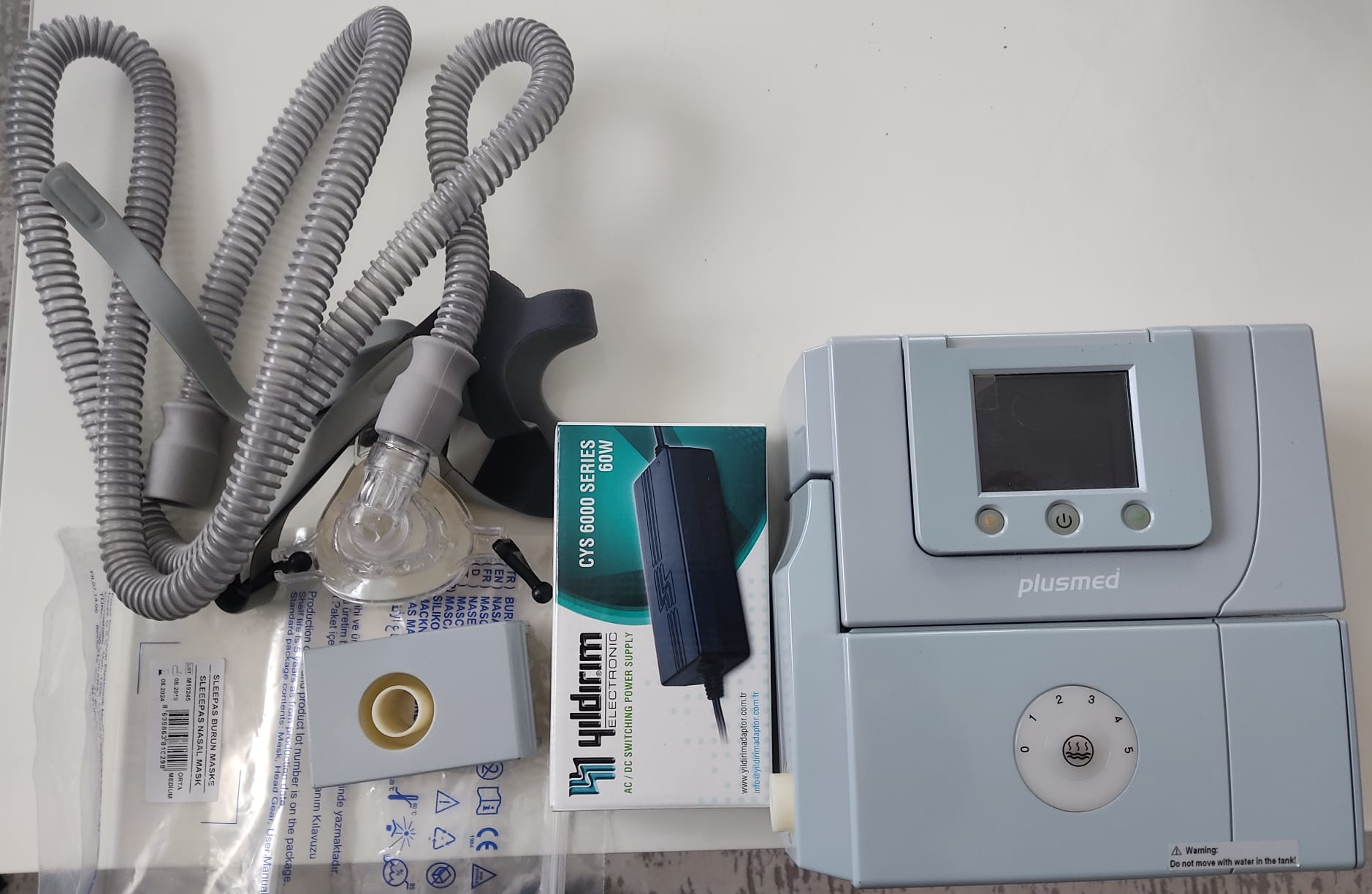How To Use Dental Wax On Braces? Easy Fix Guide

Navigating the world of dental care, especially with braces, can be a daunting task. Among the many tools and techniques available for managing discomfort and adjusting to life with braces, dental wax stands out as a simple yet effective solution. Dental wax, also known as orthodontic wax, is used to cover sharp edges or points on braces that can cause irritation and discomfort to the mouth, cheeks, and lips. In this comprehensive guide, we will delve into the details of how to use dental wax on braces, making the process as smooth and painless as possible.
Understanding Dental Wax
Before we dive into the application process, it’s essential to understand what dental wax is and how it works. Dental wax is a type of wax that orthodontists recommend for patients who are experiencing discomfort due to the metal parts of their braces. It is safe to use in the mouth and is specifically designed to protect the delicate tissues inside your mouth from irritation caused by the braces. The wax is typically made from a non-toxic, harmless material that can be molded and shaped easily to cover any offending edges or points.
When to Use Dental Wax
It’s crucial to identify when you need to use dental wax. If you notice any part of your braces is causing discomfort, especially if it’s rubbing against the insides of your cheeks, lips, or tongue, it’s a good candidate for a wax application. Common scenarios where dental wax becomes indispensable include:
- New Braces Installation: Immediately after getting new braces, some parts might feel sharp or uncomfortable.
- Adjustments and Tightening: After an orthodontic adjustment, some areas might become sensitive or painful due to the tightened wires.
- Loose Brackets or Wires: If a bracket becomes loose or a wire protrudes, using dental wax can provide temporary relief until you can visit your orthodontist.
Applying Dental Wax
Applying dental wax to your braces is a straightforward process that you can do at home. Here’s a step-by-step guide:
- Wash Your Hands: Before you start, ensure your hands are clean to prevent any infection.
- Dry the Area: Use a cotton swab or a piece of gauze to dry the area around the offending part of the braces. This helps the wax stick better.
- Take a Small Piece of Wax: Pinch off a small piece of dental wax. The amount you need is usually about the size of a grain of rice or a small pea.
- Shape the Wax: Use your fingers to shape the wax into a small ball or a shape that can comfortably cover the sharp edge or point.
- Apply the Wax: Gently press the shaped wax over the area causing discomfort. Make sure it’s securely in place and covers the entire irritating surface.
- Check the Fit: Once applied, check that the wax doesn’t interfere with your speech or the way your teeth come together. If necessary, adjust the wax.
Tips for Effective Use
- Reapply as Needed: The wax may fall off while eating, drinking, or brushing your teeth. Don’t worry; this is normal. Simply reapply a new piece of wax as needed.
- Use It Temporarily: Dental wax is a temporary solution. If you find you’re consistently needing to apply wax to the same spot, consult your orthodontist to address the underlying issue.
- Keep the Wax Clean: If the wax becomes dirty or discolored, replace it with a new piece to prevent infection.
Removing Dental Wax
Removing dental wax is just as easy as applying it. To remove the wax, follow these steps:
- Use Your Fingers: Gently peel off the wax with your fingers. If it’s a bit stubborn, you can use a soft brush or a cotton swab to help dislodge it.
- Clean the Area: After removing the wax, clean the area with water to remove any remaining wax residue.
Common Mistakes to Avoid
While dental wax is incredibly useful, there are a few common mistakes to watch out for:
- Not Drying the Area: Failing to dry the area before applying the wax can reduce its effectiveness.
- Using Too Much Wax: Applying too much wax can make the area feel bulky and may interfere with your speech or the way your teeth fit together.
- Not Replacing the Wax Often Enough: If the wax becomes worn or dirty, replace it to ensure it continues to protect your mouth effectively.
Conclusion
Dental wax is a simple, effective tool for managing the discomfort that can come with wearing braces. By understanding when and how to apply dental wax, you can significantly improve your comfort and quality of life during orthodontic treatment. Remember, while dental wax provides temporary relief, it’s essential to address the root cause of the discomfort with your orthodontist to ensure your treatment progresses smoothly and effectively.
What is dental wax used for in orthodontic care?
+Dental wax, or orthodontic wax, is used to cover sharp edges or points on braces that can cause irritation and discomfort to the mouth, cheeks, and lips.
How often should I replace dental wax?
+You should replace dental wax whenever it becomes dirty, discolored, or falls off. This ensures the area remains protected and reduces the risk of infection.
Can I eat with dental wax in my mouth?
+Yes, you can eat with dental wax in your mouth. However, the wax may fall off during meals, especially if you're eating hard or sticky foods. If this happens, simply reapply a new piece of wax after your meal.
As you navigate your journey with braces, remember that dental wax is a valuable ally in ensuring your comfort and facilitating a smoother adjustment to your new orthodontic appliances. With its proper use, you can significantly reduce irritation and make your overall orthodontic experience more pleasant.

